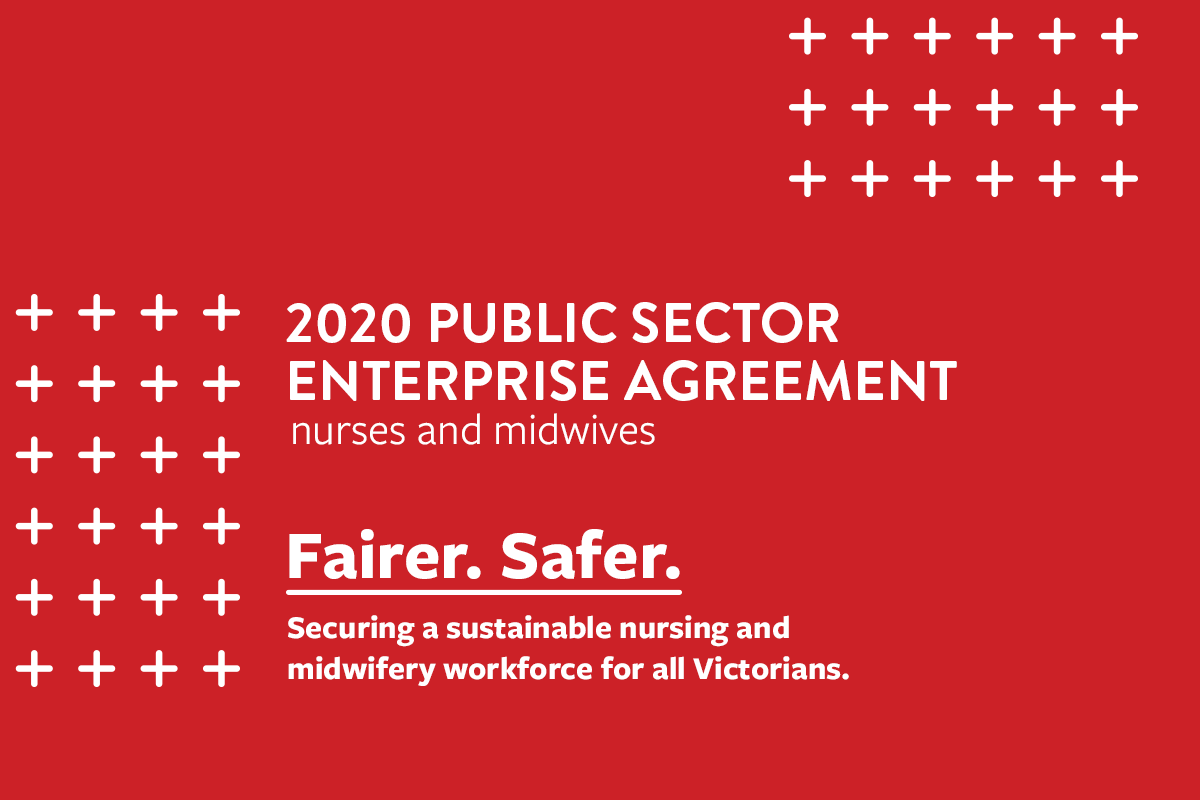
Chief Medical Officer Andrew Wilson
‘You can never be prepared enough’ was one of the most important lessons learned from Victoria’s waves of COVID-19 infections, Chief Medical Officer Professor Andrew Wilson told the ANMF (Vic Branch) OHS Conference.
The importance of engaging with healthcare workers and their representatives, and using this information to inform policy, was another key learning Dr Wilson said, at the online conference on 20 November.
Dr Wilson told HSRs and other conference participants through the history of Victoria’s COVID-19 pandemic, from February 2020, when the Victorian Government began to prepare its health system for an influx of COVID-19 patients in line with the experience of Italy and other European countries.
‘During that first wave of infection, it didn’t pan out in the way that Europe had seen and that was fortunate for our community,’ Dr Wilson said. With the cancellation of elective surgery during the first wave, ‘Victoria and Australia did an amazing job of emptying hospitals really quickly’.
However, with July’s outbreaks in residential aged care facilities and admissions of COVID-19-positive aged care residents to hospitals, many personal care workers and nurses became infected.
‘What we discovered in July was there were risks with aged care patients moving into an acute ward – what would be called a COVID ward – where there would be groups of older patients who demonstrated aerosol-generating behaviours,’ Mr Wilson said.
‘They were wandering around coughing and yelling, calling out…that started to show up as a risk factor for staff fairly quickly.’
Hospitals began to share information about what worked to reduce infections, including spacing out COVID-19 patients and putting them in single rooms, and increasing use of N95 respirators for staff caring for COVID-19-positive patients and residents.
Outside of COVID wards, rates of infection among healthcare workers and other patients were quite low, Dr Wilson said.
Dr Wilson paid tribute to the constructive approach of ANMF (Vic Branch) in working with Safer Care Victoria’s PPE Taskforce and the Healthcare Infection Prevention and Wellbeing Taskforce to improve safety for Victorian nurses, midwives, personal care workers, patients and residents.
Unlike some European countries, Victoria had never run out of PPE and now has a stockpile of 7 million N95 masks.
The government would continue to sift through data and learnings from Victoria’s experience and audit health services to ensure they have met the 31 October deadline to set up respiratory protection programs, which include mask fit testing.
There is also additional Victorian Government funding for healthcare worker wellbeing, with a new wellbeing centre being established at Safer Care Victoria.
The centre will identify best practice approaches to supporting staff fatigue and stress management, provide advice and training opportunities, and host resources through a web platform.




